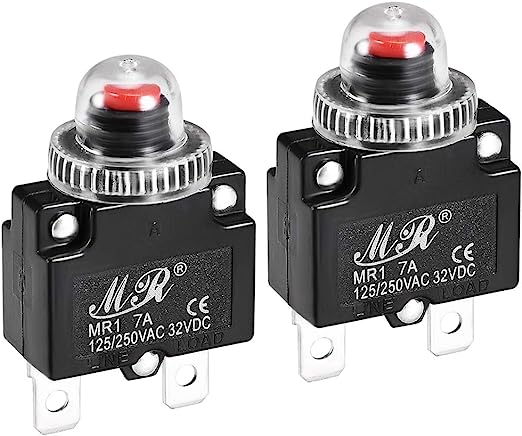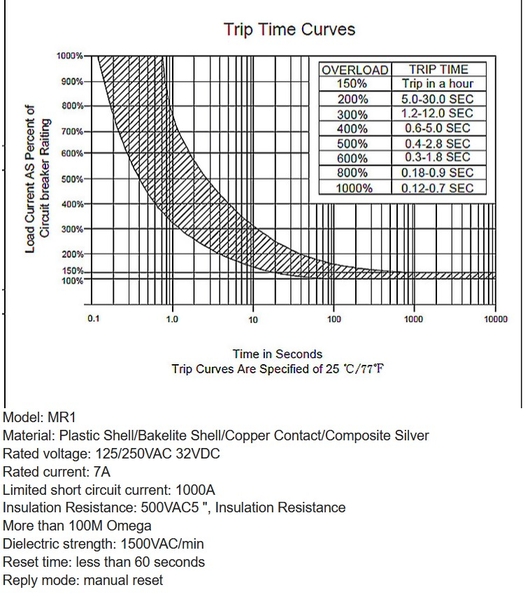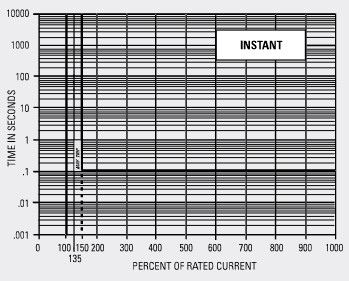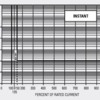Hi folks Tinman here. Much discussion has focused around potential damage caused to modern train electronics caused by slow reacting circuit breakers in the zw and other transformers? and why?
The answer is yes a short circuit in the output of these transformers can cause damage to solid state circuits built in to modern engines. Why? because in a short circuit it is possible to create a voltage spike much higher than the normal output of the transformers. This spike can be higher than the circuits in the engines were designed to handle. This is because especially with surface mount devices used in dc circuits, need very little current to operate and the design of their circuits was built only to supply the operational needs of the circuit. For example the converter in the circuit may only deliver milli amps of dc voltage at a typical output of 5 or so volts. When a short circuit happens the current and voltage whacks the devices with more than they were designed to handle.
Ok so we change the circuit breakers built into the transformers which open much faster than the original ones installed by Lionel, which we at tinman have been doing for years. Is this a final solution to the problem? Unfortunately not in all cases. The circuit breakers in the transformers were installed from the factories were installed with one purpose only and that is to protect the transformer, not the individual outputs. Sooo now what? I understand Lionel has recently improved their design in their latest transformers that work much faster. Terrific but what about the majority of hobbyists who have older transformers and cannot afford the price tags of a new one?
Recently on a whim we manufactured a new product to fix the issue which is illistrated below . This is basically a box with 2 built in with low amperage circuit breakers that will allow up to a 7 amp draw with no interruptions, but a short circuit will cause the circuit internal circuit breaker to open instantly. They have been tested with a variety of voltage and load settings.

The hook up basically is between the transformer and the center rails. There are 2 circuit breakers in each. The one pictured is our newest model which has manually resettable breakers on the sides. The red LED's light to indicate which line has the short circuit. We had these custom made for us from a very large Japanese company who specializes in circuit breakers. They work even better than our original ones. The change from auto reset to manual reset came from recommendations from customers. and is great because it allows enough time to find the problem, and correct the problem before resetting the breaker. Even if you don't have modern engines, when the grandchildren are operating the trains, and have a derailment, they will know to find grampa and tell him the train stopped without having to worry about the breakers resetting themselves. The kits sell for $15 as an accessory to our transformers, or $29 by themselves. They are available on our site (tinman3rail.com) at a reduced price or on eBay. Questions, comments and or suggestions are more than welcome.












